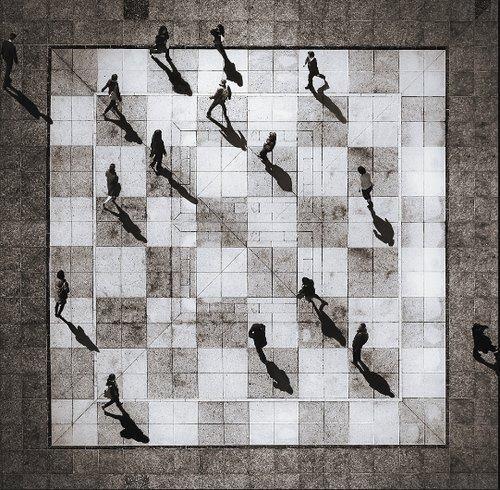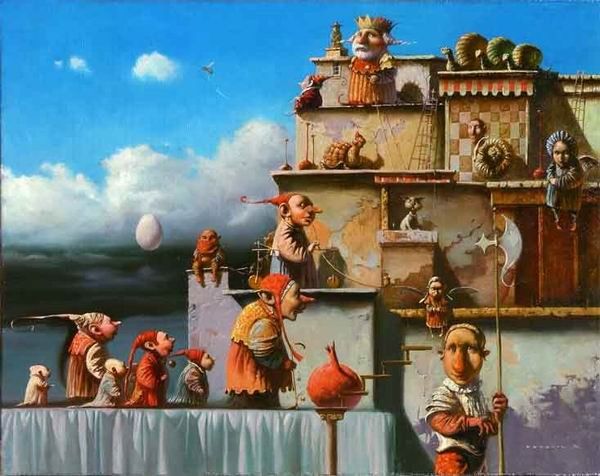
We Are All Pawns
Life of chess pieces
Strictly speaking, the life of chess armies consists in the art of improving position on the board from move to move. We are building position to strengthen its structure all the time. Chess is construction work.
Quite understandably, if we don’t see a way to reinforce position, we must at least make sure to weaken the opponent’s structure.
We do this either by enhancing board situation using positional ends (accumulation of static advantages, Steinitz), or, in the latter case, employing dynamic means to potentially destroy the opponent’s fortifications — the classical chess duality of the tactical/combinative and the positional.
Strategy is All About Pawns
Strategy in chess is essentially and inescapably related to the pawn structure. Figuratively speaking, “strategy is pawn play. Every pawn movement carries strategic character. When last pawns are removed from the board, while there is still calculation and planning, there is no more strategy, only tactics is left,” GM Igor Zaitsev, Attack on the Strong Point, Moscow 2004.
The pieces without pawns on the board would not battle for long. Were it not for the pawns, there would be no game. You and I would not have played chess: without pawns, how can there be any strategy, any creative, far-reaching plans, any defensive fortifications or mobile pawn ranks for offensive aims! –GM Bronstein.
Due to their reduced mobility and inertia, which represents in itself sort of weakness, only pawns are capable of creating the basic structural skeleton of any board position. Longevity of a position depends entirely on how flexible the pawn formation is. It’s a life blood of any chess structure as it is growing and evolving, like a living organism, from move to move.

Chess strategy is nothing more and nothing less than our attempts to affect the evolution of pawn structure and change it favorably. Together with evolutionary, there are also revolutionary, or tactical ways of transforming the structure. The change of structure can be thus two fold, positional (using pawn advances), or combinative (pawn trades). The ultimate art of chess is how to pawn play well.
It is pawns which uniquely determine the attack and defense; it is on their good or bad arrangement that entirely depends the winning or losing of the game –Philidor.
Give Them Some Praise
If pawns are then the main actors in the game of chess, it seems that they are undeservedly underrated and neglected in teaching and learning. Our chess studies typically revolve around tactics, openings, and stuff.
To kind of raise awareness about these humble warriors, I am going to post a series of articles on their extraordinary skills. This might help you better understand the pawn play and improve your game overall. If you are a chess educator, it might give you some ideas how to introduce and incorporate pawn play in your teaching curriculum.
Long live pawns!
(originally posted on Georgia's #1 chess blog)

